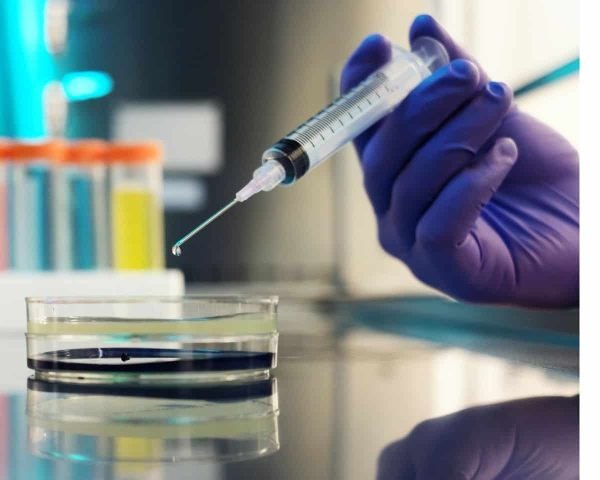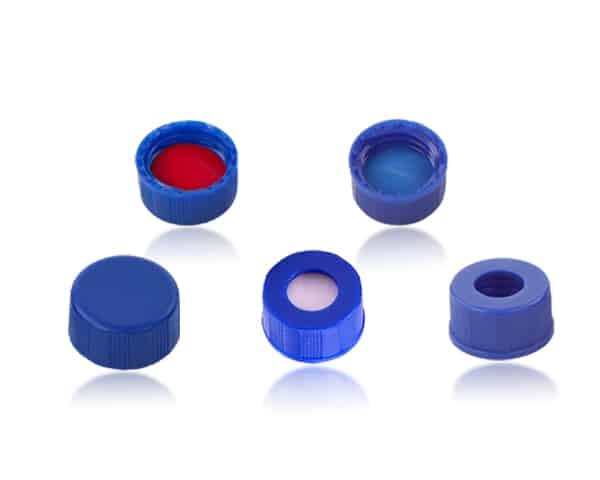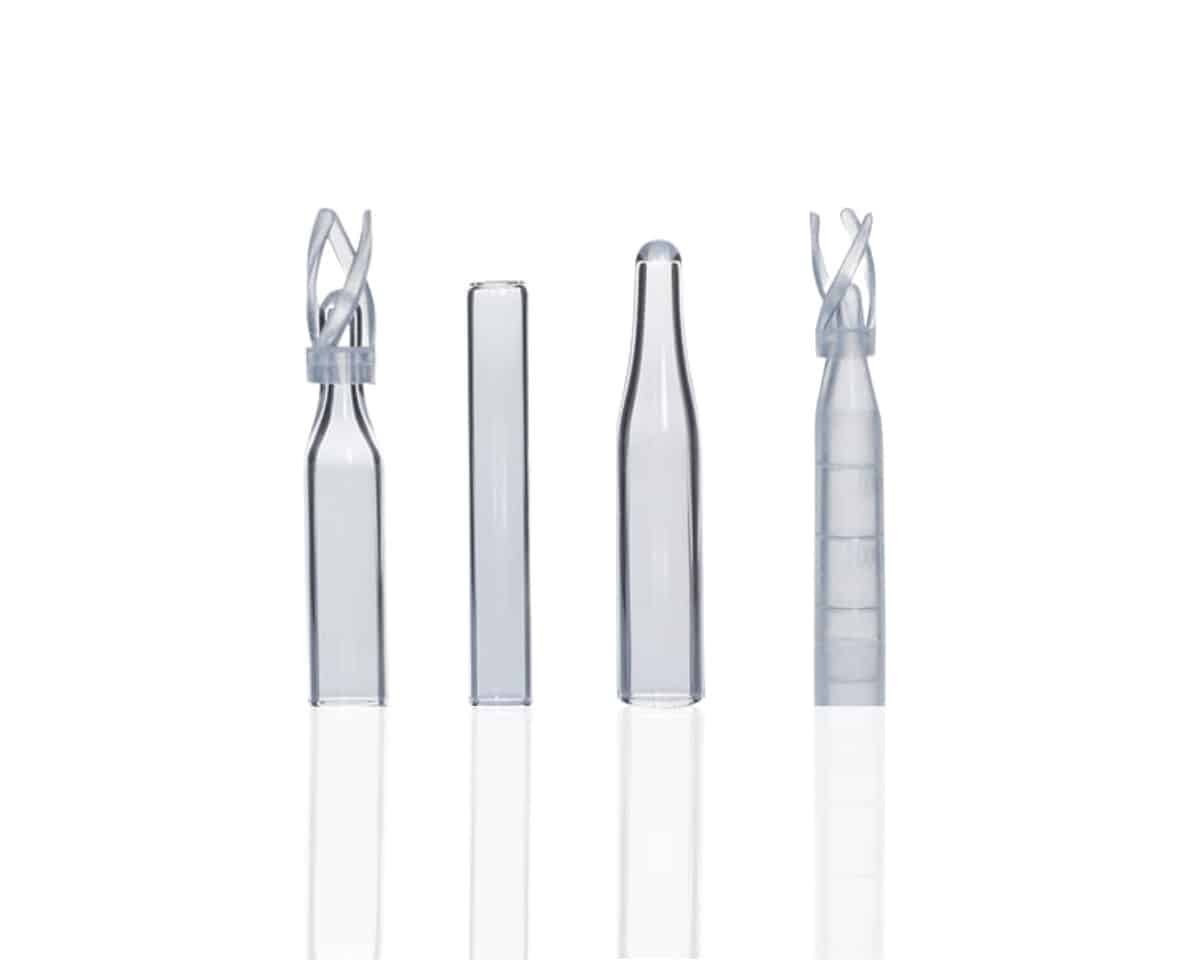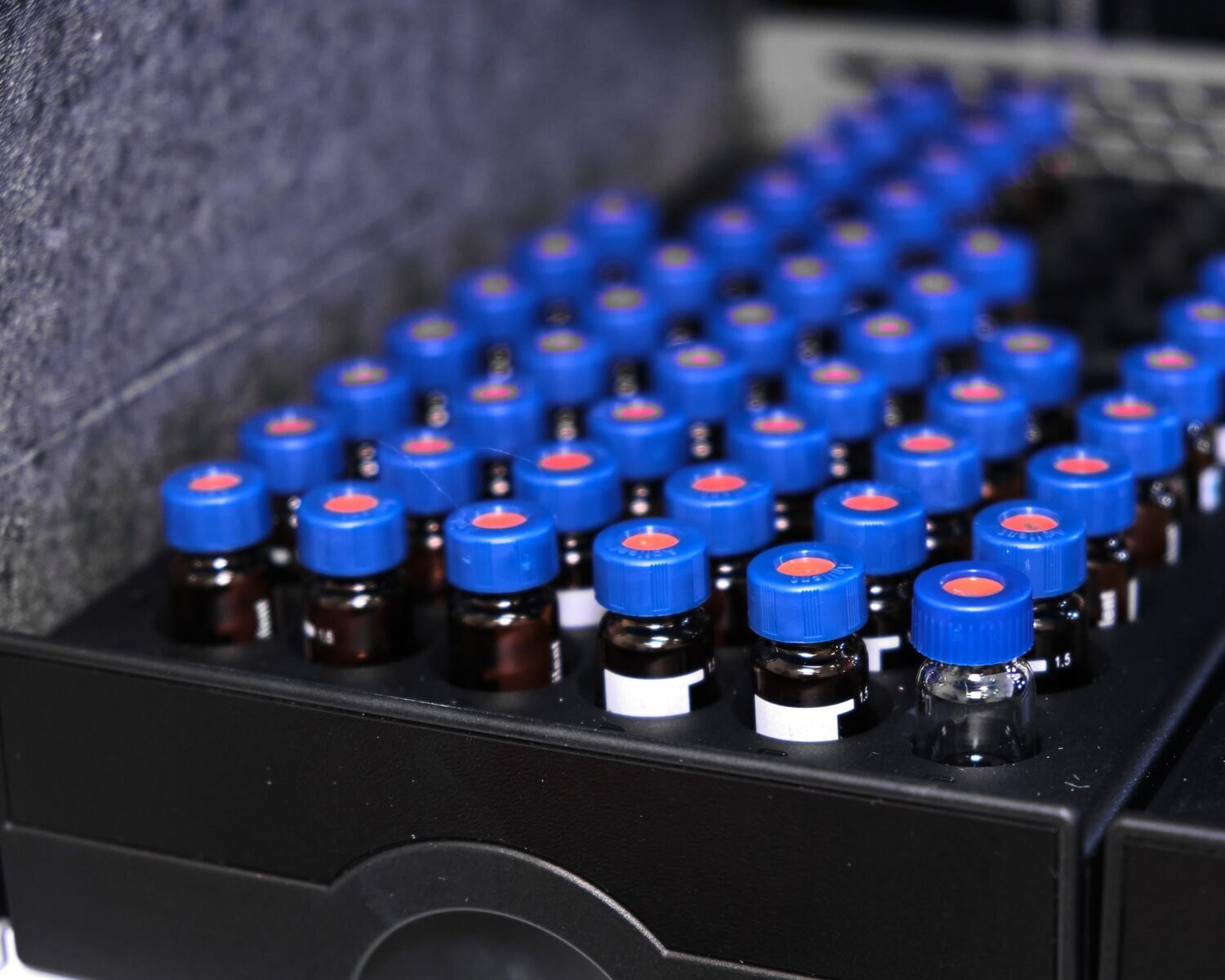Wondering how the curve calibration works in gas chromatography? Or just looking for nice reading material on chromatography topic?
Then you are in for a treat!
To sum it all up – here is a quick answer to the question, “What is a calibration curve in gas chromatography?”
Calibration is critical in gas chromatographic operations, as it is in any quantitative analysis.
Analytical/methodological gas chromatography calibration guarantees that data from your observed signal corresponds to the bulk or particular features of interest.
Now let’s get more into curve calibration in gas chromatography!
We will talk about the following:
1. A calibration curve in general
2. The basics
3. Key parameters
4. Basic steps
5. Calibration standards
6. Frequently asked questions
What Is a Calibration Curve in General?
To fully understand a calibration curve in gas chromatography, we first must understand what a calibration curve is.
There are two names our fellow scientists use for the calibration curve. So, it is a calibration curve or a standard curve in analytical chemistry.
It is a standard method for measuring the concentration of a drug in an unknown sample.
You can get that by comparing it to a series of known concentration standard samples.
A calibration curve is a table or curve used to calibrate measuring instruments. It measures a parameter indirectly by calculating values for the target quantity as a function of sensor output values.
For example, to calculate applied pressure from transducer output, you can develop a calibration curve for a given pressure transducer (a voltage).
You can use a curve like this one when you have an instrument that has an integrated sensor. And if its calibration varies through the samples with time or usage, use it.
Of course, the instrument would be labeled in terms of the measuring unit if the sensor output is constant.
Applications of a calibration curve are numerous. For example:
1. Concentration analysis
2. Checking that analytical equipment or a sensing tool, such as an ion-selective electrode, is working correctly.
3. Figuring out a control treatment’s core effects.
Now that we know what a calibration curve is, we can see how you can apply it in gas chromatography!
A Calibration Curve in Gas Chromatography (GC): The Basics
International Vocabulary of Basic and General Terms in Metrology (VIM) prepared a definition of a calibration. To sum it up, it says this:
Calibration is an operation establishing the relationship between quantity values.
It is all provided by measurement standards and the corresponding indications of a measuring system.
Also, it is carried out under specified conditions and includes an evaluation of measurement uncertainty.
We use gas chromatography calibration to ensure the following:
1. Accuracy,
2. precision,
3. repeatability.
As previously said, analytical/methodological gas chromatography calibration guarantees that data from your observed signal corresponds to the bulk or particular features of interest.
Imagine you want to use gas chromatography with flame ionization detection to measure the quantity of a known volatile species in a mixture (GC-FID).
It would be best if you first computed the concentration of your sample. Do that by using the calibration curve after determining the peak amplitude for that analyte in a standard.
This type of linear regression modeling is critical for accurate gas chromatography calibration. But, there are various parameters to consider.
A Calibration Curve in Gas Chromatography (GC): Key Parameters
There are a lot of elements to take into consideration when choosing the application of your linear regression. For example, we have to think about including the performance stability of our system.
Of course, you should do that too in your analysis.
This is an overall quality that encompasses all aspects of the GC workflow.
That includes:
1. carrier gas flow accuracy and rate,
2. concentration range,
3. detector setpoints,
4. packing material type,
5. pressure,
6. split ratio, etc.
Detection systems with a compound-dependent response often need different calibration curves. And those calibration curves need to be different for each analyte of interest. Peaks fluctuate depending on molecular composition.
A compound-independent method like FID-GC can provide you with a representative reading. And, of course, it can provide you with reading for several analytes of interest. This is based on a single linear calibration curve.
Based on varied analytical aims and experiment configurations, there are many alternative techniques to GC calibration. External calibration, internal standard calibration, or standard addition are the most common options.
A Calibration Curve in Gas Chromatography (GC): Basic Steps
Here are the basic five steps of doing a GC calibration curve.
1. Step One
Start the GC instrument and open the carrier gas cylinders, or if you have one, start the gas mixer.
2. Step Two
Adjust the carrier gas flow rate and compare the setpoint to observed flows at various rates.
3. Step Three
Check gas flow rates against pre-established acceptability criteria.
4. Step Four
Start by diluting the compound(s) of interest and plotting reaction times against concentration.
5. Step Five
Using accurate calibration standards, create calibration curves for each analyte of interest.
Also, here are parts one and two of calibration curves in gas chromatography. Those are like short movies, so sit tight and enjoy the knowledge ride!
A Calibration Curve in Gas Chromatography (GC): Calibration Standards
If you want to see calibration standards in real examples, check below!
GC is a technique for separating, identifying, and quantifying chemical components.
A moving and immiscible stationary phase is passed over a mobile phase holding the sample. The mobile phase consists of two parts: a sample and carrier gas. It is most commonly hydrogen, argon, nitrogen, air, and helium.
The carrier’s purity is crucial; hence ultra-pure gases are often imported. On the other hand, manufacturing is possible with zero air on-site for cost savings and great purity in the case of air.
The retention time (tR) is the time it takes for components in the carrier to travel through our lovely stationary phase.
The higher the retention period, the more soluble a component is in the stationary phase.
A detector allows you to identify every piece after it has passed through the stationary phase. After that, it determines their mass and measures the concentration.
There are several types of detectors. The components and the user’s requirements determine the type of detector you’ll pick.
There are two most used detectors. Even we use them! And those detectors are the flame ionization detector (FID) and the thermal conductivity detector (TCD).
Their sensitivity and operating concentration range are similar. TCDs are non-destructive and can detect nearly any component other than the carrier gas. On the other hand, FIDs are sensitive to hydrocarbons and incinerate the whole sample.
Most significantly, it would be best to have an appropriate GC calibration.
You can discover the varied retention periods for substances of interest by calibrating GC. You can also estimate the concentration of the sample components by comparing the area under the peak to a known calibration curve.
A calibration curve is created by graphing reaction time and concentration against various dilutions of the compound(s) of interest. That represents the calibration curve.
The user must create a calibration curve for each analyte.
Rerunning the calibration at regular intervals is also recommended. We do it as well, and it is essential to do the work thoroughly.
Gas dilution systems may produce precise calibration standards. They allow for on-site gas blending of 100 percent pure gas cylinders, eliminating the need for several expensive premixed cylinders.
Conclusion
This article shows the basic acknowledgment you want to have if you’re working in a laboratory. You found out the basics, which is an excellent way of building up the knowledge for your work.
If you, however, didn’t find the answer to your question, take a look at our FAQ below.
Frequently Asked Questions (FAQ)
The famous FAQ always puts the dot on the i.
How Often Should You Calibrate GC?
The GC makes minor modifications to the Retention Times and Response Factors during calibration.
The Response Factors and Retention Times will be updated if the shifts are smaller than the restrictions.
It is best to calibrate the GC every 30, 60, and 90 days.
What is The Calibration Interval?
The elements which impact measurement accuracy determine the frequency of calibration. Like the frequency with which you use the instrument, the surrounding environment, and the necessary result precision, among other things.
How Do You Calibrate a Gas Chromatograph Oven?
First, you should poke the glass wool and then put a thermometer from the topside. Of course, use a calibrated digital thermostat.
Set the temperature of the column oven on the GC to the following temperatures:
- 50 °C,
- 100 °C,
- 200 °C, or
- 250 °C.
Allow 5 minutes for the set temperature to settle before recording the temperature on the digital thermometer at the appropriate settings.
What Is the Purpose Of Calibration?
The fundamental benefit of calibration is that it ensures:
1. measurement precision,
2. uniformity, and
3. repeatability.
That results in dependable benchmarks.
Equipment can get out of spec, offer erroneous readings, and endanger quality, safety, and equipment lifetime if it is not calibrated on a regular basis.











